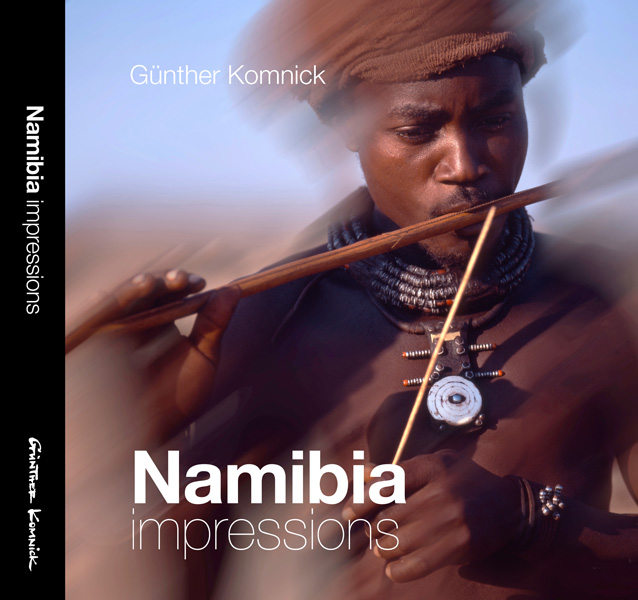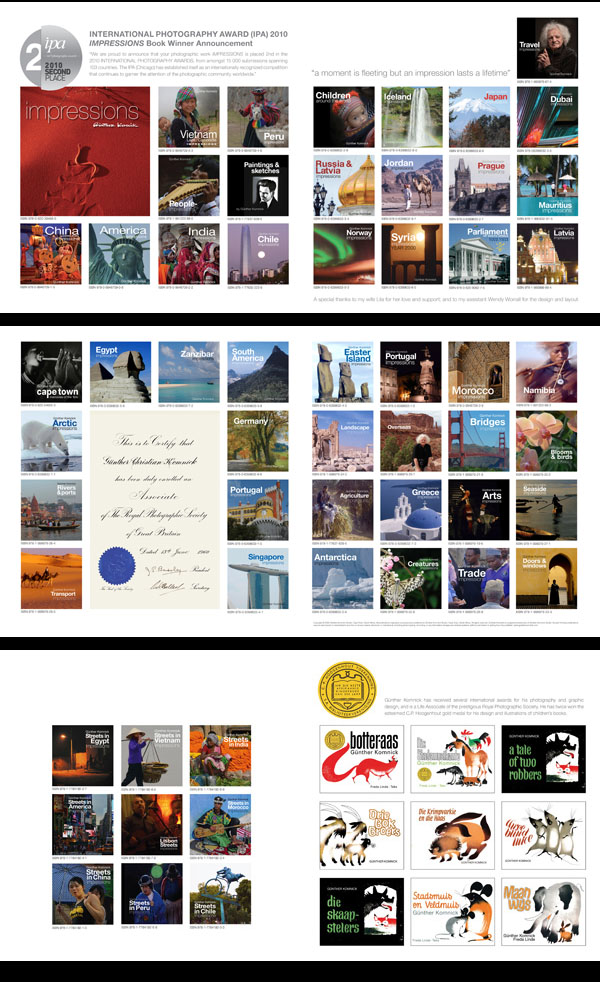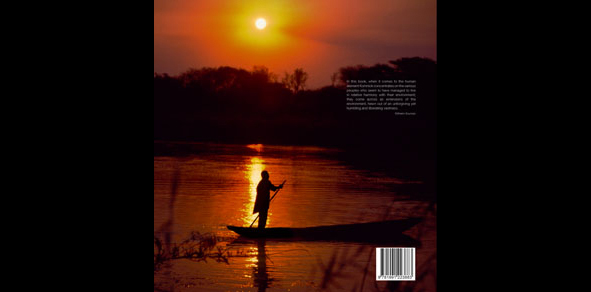Dedicated to my loving wife Lila

To describe Namibia as magical or haunting can only be an understatement. In Günther Komnick’s masterful photo book, gathering images he has captured for us from 1959 to 1990, we see a land for the greater part unsullied by human intervention. In this book, when it comes to the human element Komnick concentrates on the various peoples who seem to have managed to live in relative harmony with their environment; they come across as extensions of the environment, hewn out of an unforgiving yet humbling and liberating vastness.
This vastness is not emptiness; rather it is an overpowering testimony to the unknowable infinity which the individual examples of life hint at by their very presence. This landscape seems to render all attempts to tame it, futile. The Namib desert and the few outcrops of human activity, such as the Himba villagers, the Kavango fishermen or the inhabitants of the Kalahari desert are reminders of an infinite past of adaptation, struggle and survival. On the fringes of the indigenous peoples’ custom-made realms, we see the abandoned homes of Kolmanskop, where intrepid yet greedy modern-day diamond diggers faced the futility of trying to engineer the desert so as conform to their needs.
Like the humans, the fauna too show the unmistakable benefit of adaptation, in the form of camouflaged reptiles, elephants, giraffes, lions and other Kaokoveld survivors whose very metabolism has embraced the unforgiving environment. The famed shipwrecks too bear witness to headstrong humans’ attempts to conquer rather than acquiesce with fortitude to the rigours of a place where the imagination is left unfettered.
Komnick uses his camera as a painter would use brushstrokes, bringing forth the moods and woes of this magnificent land blessed by a nature that keeps intruders at bay and keeps the viewer pondering in wonderment.
Dr Wilhelm Snyman, Auckland, New Zealand

